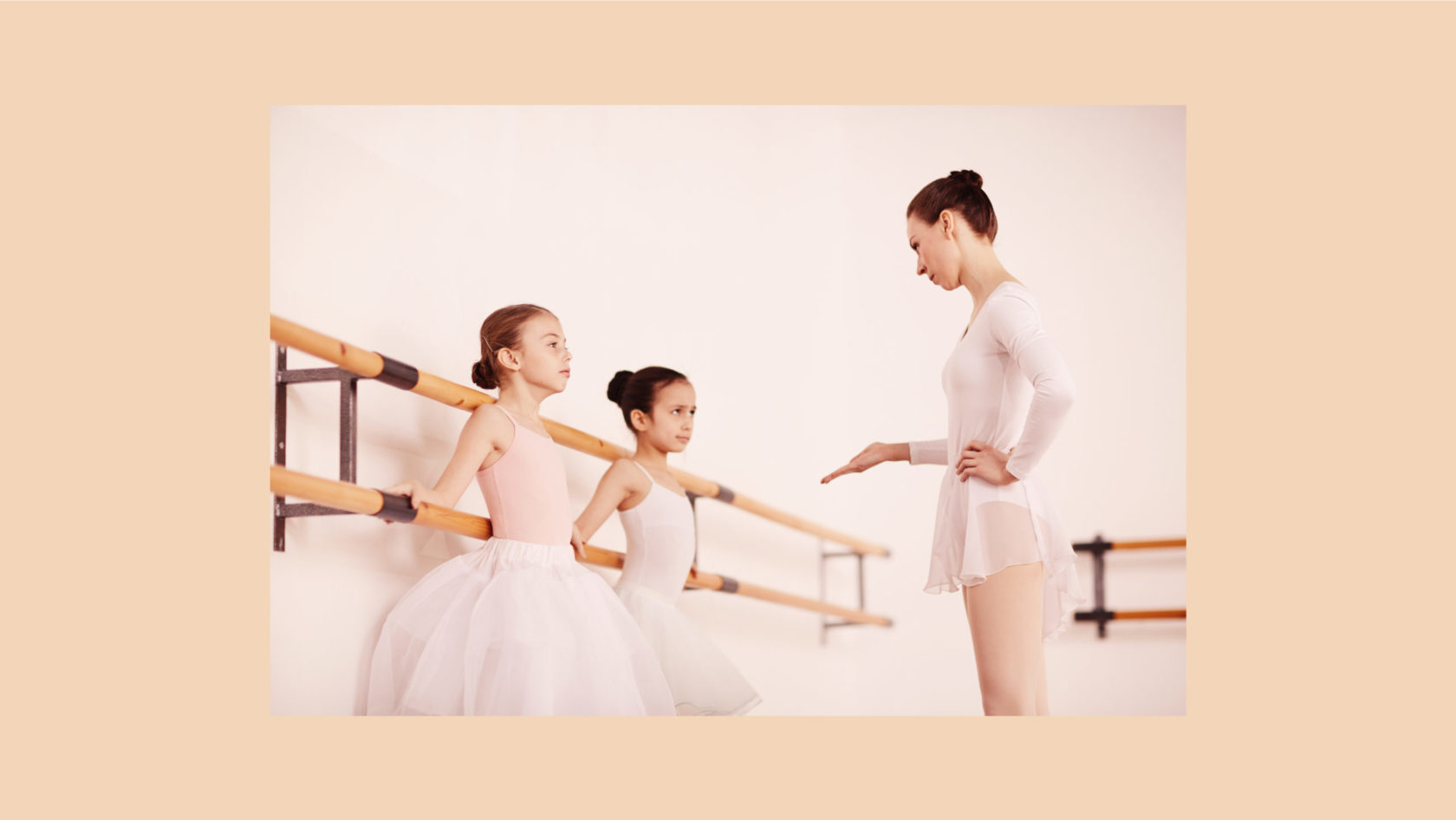Psychologists tell us that behaviors do not continue unless they are reinforced. Reinforcement is a constant reality—if the teacher smiles, nods, even looks at a student during an exercise, that is positive reinforcement. We can direct the reinforcement, plan it when planning is needed, or, we can just “let it happen.” We have more control over their behavior than we sometimes think!
How Teachers Affect Their Behavior
Behavior is learned. How we respond to a student’s behavior will reinforce it in some way, positive, or negative. Behavior can be influenced by people, objects, activities, environmental conditions, and by the student’s ability to understand and to learn.
This tells us that with some effort on our part as teachers, in nearly every case:
- Acceptable behavior can be encouraged, and maintained.
- New behaviors can be taught.
- Undesirable behaviors can be changed.
Looking at behavior from the student’s point of view, we see that they behave in ways they believe will get them what they want, need, or feel satisfaction from. Secondly, the student will use behaviors in dance class that have worked for them before in other settings. They also behave in certain ways that they feel will terminate a condition they feel to be distressful, painful, or in some way undesirable to them.
Ways to Affect Motivation
Teachers, it is the student’s point of view that we must understand and work with in order to change their behavior. Here are some ideas of how we can affect motivation:
- Positive Reinforcement—the most desirable way to encourage right behavior. When a student is doing something you like, tell them specifically what you like and tell them right away.
- Negative Reinforcement—I try to avoid this one, as it can be damaging to the more sensitive student, but for the strong-willed student who will not change, using negative reinforcement may work. For example, describe the potential outcome of their bad behavior, like the fear of getting to the recital stage unprepared because they goofed off in class. A more serious form of negative reinforcement may be the removal of a privilege, such as not being allowed to participate in the scheduled “fun portion” of the class.
- Ignoring—Remember that the student has learned what type of behavior has received the most attention in the past. Avoid falling into the trap of giving bad behavior any of your time. Ignore it, if at all possible. If you are consistent, they will learn that the behavior doesn’t work to get attention in your class.
- Scheduling—Take a few minutes to sit down with your students and tell them how wonderful they are. If they’ve worked extra hard that day, plan for a set-aside time to tell them. They will love the one-on-one attention, and will work harder to receive your praise. This can also work if the students are doing something you do not like. Just switch gears, sit together and find something encouraging to share with them.
- Environmental Conditions—Sometimes the activity gets out of control and one, or many, of the students will lose control. Change the environment. Go to another part of the room, switch from sitting to standing, switch from technique to creativity or teach them a whole new thing they will need to work hard to focus on doing. Often, this makes them forget about the current situation and their brains can transition to something else.
Strengthening Desirable Behaviors
Obviously, the positive reinforcement is the tool we want to use in the dance class setting, whenever possible. Positive reinforcement occurs under two conditions:
- When it accompanies or immediately follows the student’s behavior, and
- When it is connected to the student’s behavior in his or her mind.
We may believe we are giving effective positive reinforcement, but if the students fail to see the connection between the reinforcement and their behavior, we are not.
When attempting to encourage a behavior or dance skill:
- Be specific.
- Be immediate.
- Be in line with the student’s value system.
Planning Reinforcements
Select the behavior or skill, then teach it. Have the students rehearse it and practice it as a class, and as individuals. This applies to social behavior as well as to dance skills. Be sure the students understand what is expected. Have them practice under your guidance anything that might not be clear.
Reinforce immediately and specifically when they produce what you want. Just a smile, or saying something like “way to go” or “awesome” can do this. At the end of class, take a minute to tell them what you enjoyed about their behavior, both dance skills and social, that day. This sends them home with a psychological lift, a desire to come back. For some, this will make all the difference!
Related Articles


Comments
No comments for this post.
Add Comment